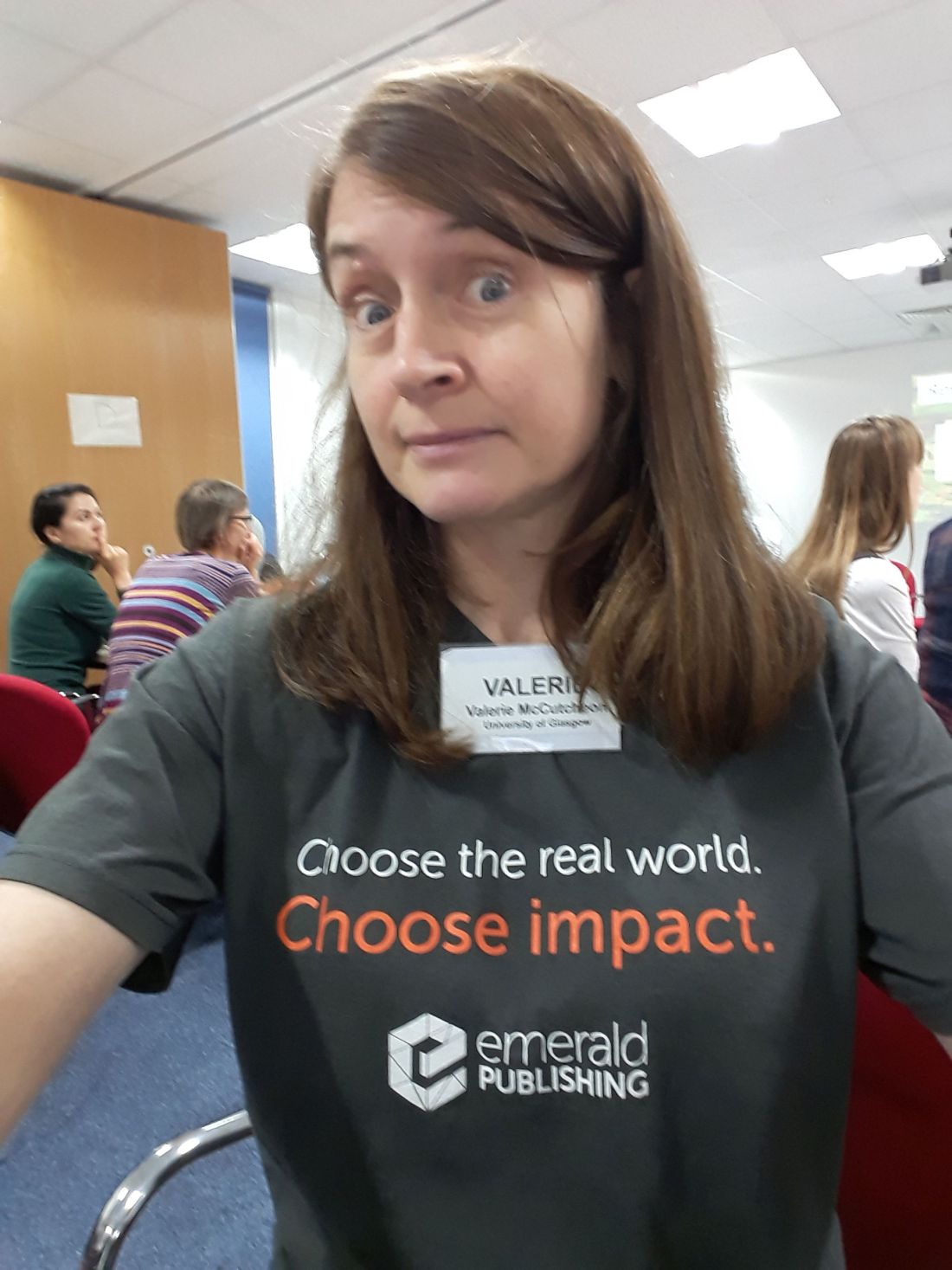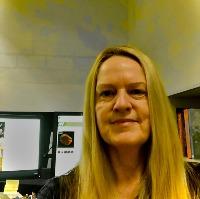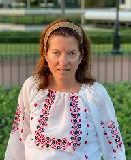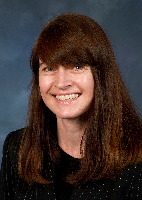Blog
Unless otherwise stated, content is shared under CC-BY-NC Licence
Digital preservation & digital asset management in the real world no mere matter of magic
Lee-Anne Raymond is Senior Coordinator, MV Images (DAMS) at Museums Victoria in Melbourne, Australia
When Mary Poppins measures herself using her magical tape measure it reads, “Mary Poppins, practically perfect in every way.” (Mary Poppins, P. L. Travers, 1934)
In the real world realm of Digital Preservation we can strive but will struggle to approximate such perfection without the assistance of the right software and engineering principles, as an intervening Poppins, in order to underwrite the magic. To perform digital preservation actions at scale competently and efficiently and in a repeatable way with trusted results, practically perfect, we need systems as well as systematic approaches. As laudable as our efforts are to do so using manual techniques underpinned by strict rules based standards, they do not and will not meet the challenge that the digital realm presents us.
You put WHAT in the repository??? State Library of Queensland’s project to audit the repository for obsolete physical carriers
Serena Coates is Digital Preservation Coordinator at State Library of Queensland in Australia
At State Library of Queensland (like at many other institutions around the world) when we started acquiring digital content on floppy discs, CDs, and DVDs, we didn’t know what to do with them. So, what was the wisdom of the day? “Put it in a box, and store it in the repository until there is a time when we work out what to do with it.” For State Library, that time is now!
With an increasing maturity of skills and knowledge in the area of digital preservation, and the imminent implementation of a digital preservation system (Rosetta), in 2016 we felt we were ready to tackle the issue of obsolete carriers that had been squirrelled away in our repositories for anywhere up to 30 years. And so, we embarked on an audit of physical carriers in our repositories.
A Couple of Views from New Zealand
Andrea Goethals is Digital Preservation Manager | Kaiwhakahaere Matapopore Matihiko, at the National Library of New Zealand | Te Puna Mātauranga o Aotearoa
At the National Library of New Zealand, quite a few of us play a role in preserving the nation’s digital heritage. If you were to ask each of us what digital materials are most at risk in New Zealand you would hear a variety of different opinions, depending on where we sit in the Library. Among other things you would hear about at-risk audio-visual collections on obsolete physical media, born-digital archival and special collections material across New Zealand, and social media. It’s true that these are very real challenges, but we are chipping away at many of them through a variety of initiatives at the Library and in collaboration with others.
So what challenges are we finding especially hard to address? In this post, Steve Knight and I describe some of the key challenges we face.
Is it World Digital Preservation Day Yet?
Is it World Digital Preservation Day yet? Yes it is! Here are some ways you can tell:
-
Has the sun come up over the National Library of New Zealand on the first Thursday in November?
-
Is this the first post of a digital preservation themed blog-a-thon on the DPC website?
-
Will there be a new edition of the BitList of Digitally Endangered Species before the end of the day?
-
Are there an abundance of stickers in more than a dozen languages, and versions of the swooshie logo available to download in even more?
-
Will there be lectures and seminars and workshops and webinars about digital preservation in dozens of countries and perhaps hundreds of venues?
-
Will there be digital preservation themed cake to share, and biscuits and baking?
-
Will there be singing and videos to match?
-
Will the fun continue till midnight somewhere out over the Pacific Ocean in about 36 hours from now?
iPres 2019: Making Emulation Accessible
Elisabeth Thurlow is Digital Archives and Collections Implementation Manager at the University of the Arts London. She attended iPres2019 with support from the DPC's Career Development Fund which is generously funded by DPC supporters.
Emulation has a long history. So why has it taken so long to get emulation off the ground as a strategy for digital preservation? For many of us working in the field of digital preservation, emulation has often appeared a highly technical and ambitious task.
Benchmarking with DPC RAM: a workshop
A couple of weeks ago I attended a Digital Archives Learning Exchange event at The National Archives and was really pleased to have the opportunity to talk about DPC’s Rapid Assessment Model - a maturity model for digital preservation that we released at the iPRES conference last month.
Research Support Games Day at the University of Glasgow
 On 11th September the University of Glasgow held a Research Support Games Day. The purpose of this event was to give support staff the opportunity to experience different games or games-based tools that could be used with researchers for educational or training purposes. The day was very successful with lots of positive feedback - there is definitely interest in organising a similar event in the future.
On 11th September the University of Glasgow held a Research Support Games Day. The purpose of this event was to give support staff the opportunity to experience different games or games-based tools that could be used with researchers for educational or training purposes. The day was very successful with lots of positive feedback - there is definitely interest in organising a similar event in the future.
The event write-up is here: https://uogopenresearch.wordpress.com/
iPRES2019 // Whose Digital Preservation? Locating Our Standpoints to Reallocate Resources
Dr Kirsty Fairclough is Associate Dean: Research and Innovation at the School of Arts and Media, University of Salford and she attended iPres2019 with support from the DPC's Leadership Programme which is generously funded by DPC supporters.
Michelle Caswell - UCLA
Whose Digital Preservation? Locating Our Standpoints to Reallocate Resources
The second keynote comes from Michelle Caswell who is an Associate Professor of Archival Studies in the Department of Information Studies at the University of California, Los Angeles (UCLA), where she also holds a joint appointment with Asian American studies. Her work in critical archival studies engages how individuals and communities activate archives to forge identities, create robust representations, and produce feelings of belonging. Caswell directs a team of students at UCLA’s Community Archives Lab, which explores the ways that independent, identity-based memory organisations document, shape, and provide access to the histories of minoritised communities, with a particular emphasis on understanding their affective, political, and artistic impact.
iPRES2019 // Sad by Design: Politics and Psychology of the Social Media Age
Dr Kirsty Fairclough is Associate Dean: Research and Innovation at the School of Arts and Media, University of Salford and she attended iPres2019 with support from the DPC's Leadership Programme which is generously funded by DPC supporters.
Geert Lovink- Institute of Network Cultures
Sad by Design: Politics and Psychology of the Social Media Age
After a very warm welcome to Amsterdam by the iPres 2019 organising team, the conference officially opens with the keynote lecture by Geert Lovink, Dutch media theorist and the founding director of the Institute of Network Cultures, whose goals are to explore, document and feed the potential for socio-economic change of the new media field through events, publications and open dialogue. Lovink is a Research Professor of Interactive Media at the Hogeschool van Amsterdam and a Professor of Media Theory at the European Graduate School. As theorist, activist and net critic, Lovink has shaped the development of the web in a critical sense since the 1990s.
The evolving role of user groups in shaping digital preservation best practice
Jon Tilbury is CTO of Preservica
The Digital Preservation domain has always placed a strong emphasis on building communities to share experiences and develop solutions. These communities are often built on geographic, product or functional alignment or created through external grant funded research activities.
At the recent iPres conference in Amsterdam myself, Euan Cochrane from Yale University and Remke Verdegem from the Nationaal Archief presented a paper exploring how the user groups associated with commercial digital preservation products collaborate with other communities and the role they play in advancing digital preservation best practice.
The session provided insights into the evolution of user groups, using the Preservica user group as an example, and sparked a lot of great discussion amongst the community afterward - so I wanted to share a few of the main highlights here:




















































































































































